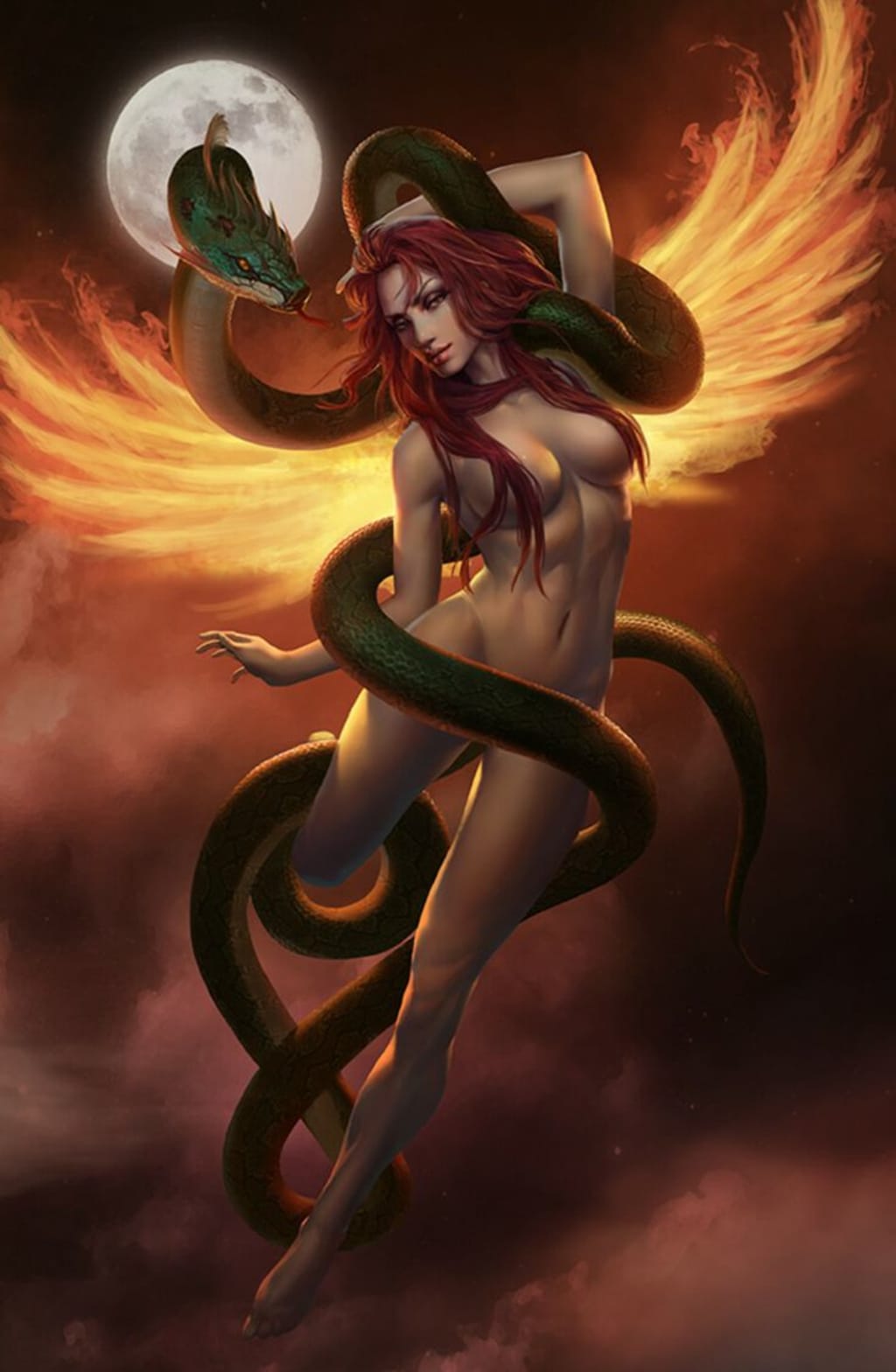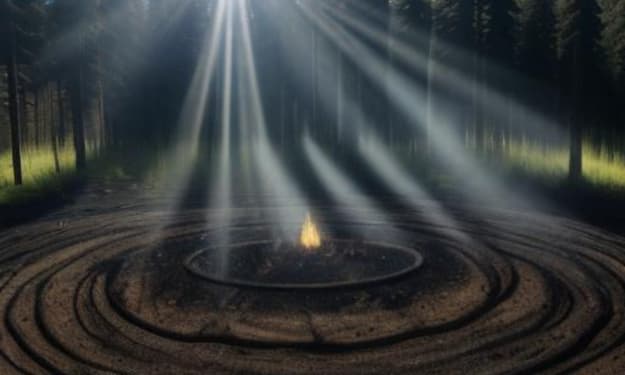WHO WAS LILITH? AND WHY'S HER STORY SO IMPORTANT ?
Truth Behind Lilith

Lilith: The Enigmatic Figure Across Cultures and Millennia
Lilith, a captivating mythical figure with origins dating back to ancient Sumerian mythology around 2400 BC, has traversed through time, adapting and evolving within the rich tapestry of diverse cultures and beliefs. Despite her presence in various traditions, Lilith remains a mysterious character, often shrouded in ambiguity due to her limited appearance in religious texts. One fleeting reference to her can be found in the Book of Isaiah, specifically in Isaiah 34:14, where she is depicted as a winged creature nesting in a tree. This scarce mention leaves us with numerous questions about the essence of Lilith, her true nature, and the extent of her existence.
The Book of Genesis, one of the foundational texts of the Abrahamic religions, provides contrasting accounts of the creation of man and woman. In the first creation story (Genesis 1:27), both genders are fashioned equally in the image of God, emphasizing their intrinsic equality and divine nature. However, the second creation narrative (Genesis 2:18-23) introduces a crucial turning point where woman is created from the rib of man, implying a subordinate role for her compared to man. Jewish interpretation has given rise to the notion that this second creation story involves the formation of two women: Lilith, who was created first, and Eve, who was fashioned from Adam's rib.
Lilith's portrayal and symbolism have undergone significant transformations throughout diverse mythologies. In Babylonian and Assyrian mythology, she was referred to as "balatu," while Sumerian mythology knew her as "liliaka," and the Acadian lore called her "art at Lilith." Each culture imbued her with unique attributes and roles, but in many instances, Lilith was associated with being the wife of the devil, Samuel (also known as Ashmodai), and the mother of demons. Some depictions portrayed her as a malevolent force, notorious for suffocating babies and tempting men away from their marital commitments.
Remarkably, some cultural interpretations of Lilith present a different perspective, portraying her as a potent feminine archetype capable of offering guidance and protection. In these narratives, she transcends the confines of a mere demonic figure, showcasing the multifaceted nature of her character and symbolism.
Delving into the annals of Sumerian mythology, Lilith emerges as a beautiful virgin or maiden, known to never satisfy her lovers entirely and possessing the ability to bind them to her forever once chosen. One particular tale from the Epic of Gilgamesh narrates Lilith building her dwelling on a willow tree and later fleeing to the wilderness after a series of events involving the heroic Gilgamesh.
As history progressed, Lilith's influence expanded beyond the boundaries of Judaism and found a place within Christianity and Islam. In Islamic mythology, Lilith is identified as the wife of Iblis, the devil, and is believed to have given birth to numerous demons and Jinn through her union with him. Her enigmatic character has left an indelible mark on both Muslim and Christian belief systems, where she has become intrinsically linked to themes of sexuality and the establishment of moral boundaries.
In conclusion, Lilith's story is a mesmerizing narrative of evolution and transformation. From her origins in Sumerian mythology, she has traversed through time and cultural boundaries to become a significant figure in monotheistic traditions. Her elusive nature and diverse representations have continuously fascinated humanity, shaping perceptions of gender roles and human desires throughout the ages. The enduring allure of Lilith's character lies in her ability to inspire diverse interpretations, making her an enduring enigma in cultures across the world. As we continue to explore the multifaceted facets of Lilith's myth, we find a tale that transcends time, resonating with the human imagination and instigating contemplation on the complexities of identity, power, and the eternal struggle between light and darkness.
About the Creator
Daniel Adjei
Here, I write about fiction, science and fitness,
Enjoyed the story? Support the Creator.
Subscribe for free to receive all their stories in your feed. You could also pledge your support or give them a one-off tip, letting them know you appreciate their work.






Comments
There are no comments for this story
Be the first to respond and start the conversation.